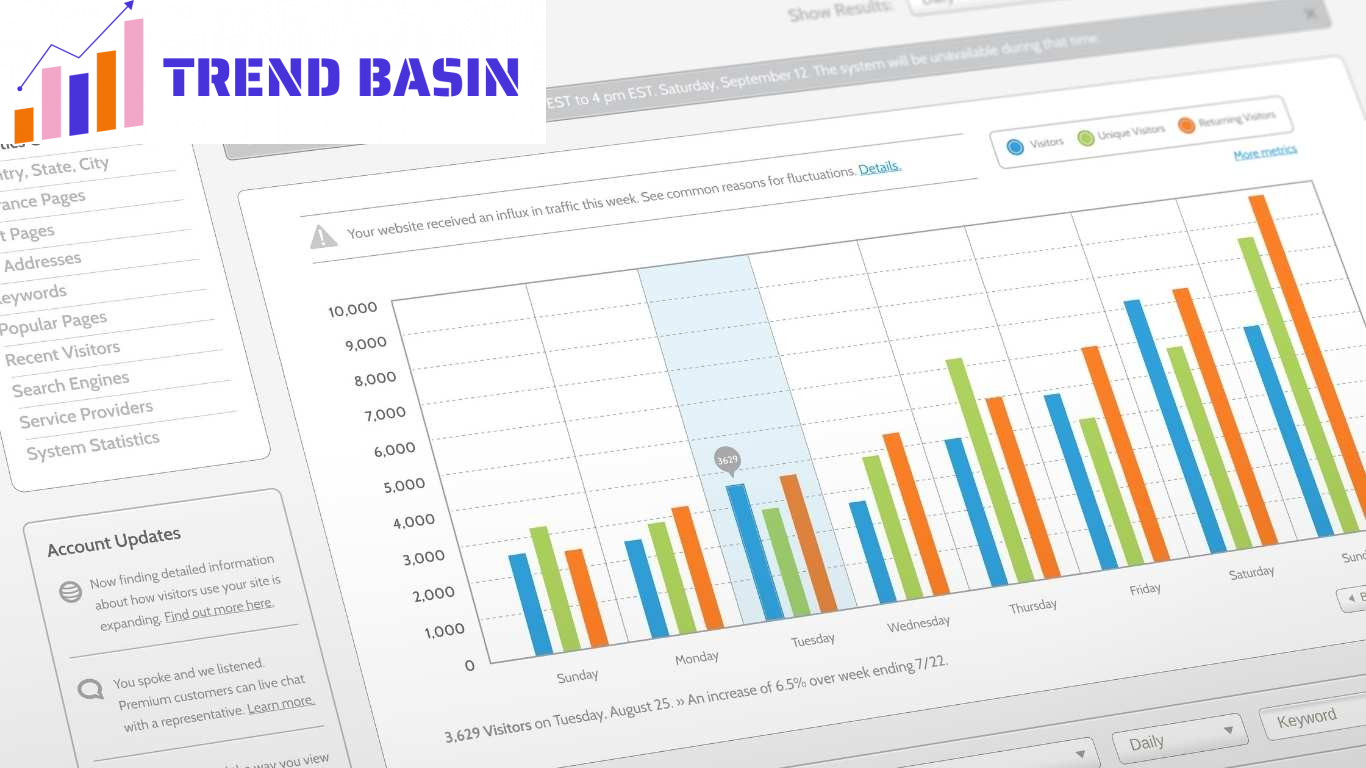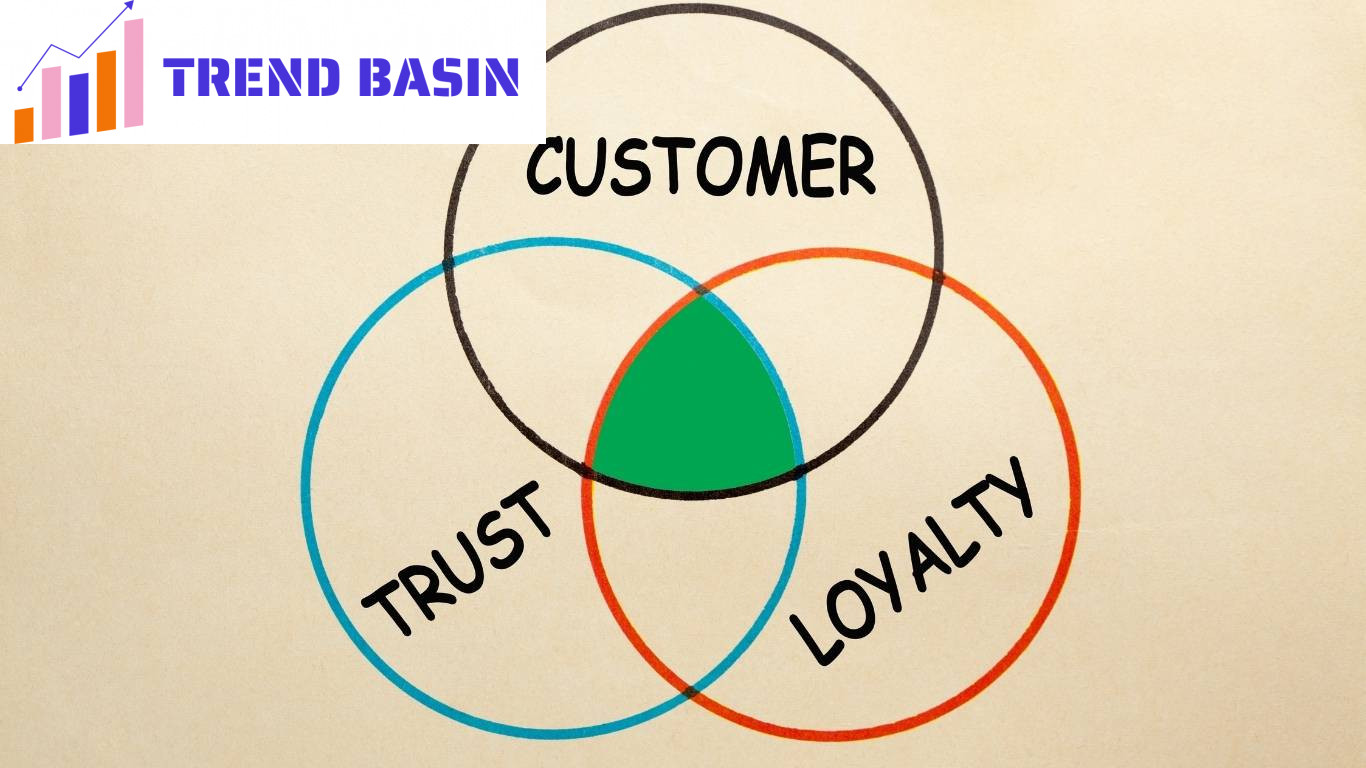
Leveraging User Reviews and Testimonials for Business Growth
In today’s digital-first world, customer trust and social proof are crucial drivers of business success. Imagine you’re a potential buyer scrolling through countless options online—what influences your choice? Most likely, the honest experiences shared by other customers. Reviews and testimonials have become powerful tools, not just for providing insights but for building trust, enhancing visibility, and ultimately boosting revenue.
This article will explore the transformative role of customer reviews and testimonials, offer proven strategies for collecting and managing reviews across channels, and show how to address both positive and negative feedback to foster customer loyalty and growth. By leveraging these valuable assets, businesses of any size can navigate the competitive landscape, increase brand credibility, and secure a solid foundation for sustainable growth.
Table of Contents
ToggleThe Growing Power of Customer Reviews in Building Trust and Driving Sales
Before making a purchase, customers instinctively look for recommendations from others, particularly those with firsthand experience with a product or service. Reviews are critical in the digital buying journey, providing a human touch to online shopping. In fact:
- 95% of consumers read reviews before making a purchase.
- 9 out of 10 people trust a customer’s review more than the brand’s promotional message.
- 3 out of 4 consumers avoid buying from companies with negative reviews.
Customer reviews and testimonials are no longer optional; they’re a business essential. Below, we’ll look at some of the critical ways reviews impact a company’s success.
Building Trust and Credibility
The simple act of a happy customer vouching for a brand can be powerful enough to convert on-the-fence prospects. Unlike self-promotion, testimonials feel more authentic, often leading to higher conversion rates. Trust signals are essential—especially for businesses with lower brand recognition, where reviews provide a trustworthy way to bridge the gap between brand promises and customer expectations.
Boosting Online Visibility
Positive reviews don’t just influence individual buyers; they can help enhance a company’s online visibility and search engine rankings. Google and other search engines prioritize businesses with strong review portfolios, which often translates to higher search rankings, more organic traffic, and better lead generation. A steady stream of good reviews signals to search engines that a brand is credible, relevant, and trustworthy, leading to higher placements in search results.
Influencing Conversions and Sales
The impact of reviews extends far beyond building trust—they directly affect conversions. A survey found that consumers are four times more likely to choose a product with positive reviews over one without. Whether a new product or a well-established service, reviews drive sales by reducing hesitation and showcasing real value.
Proven Strategies for Collecting and Showcasing Customer Reviews
Building a reliable review portfolio requires a thoughtful approach that makes it easy for customers to share their experiences. Here are some practical ways to encourage and manage reviews effectively:
1. Requesting Reviews on Multiple Channels
It’s vital to meet customers where they are—some prefer social media, while others respond better to email. Requesting reviews on various channels widens your reach and ensures you capture a diverse range of customer experiences. Here are some popular channels:
- Email Follow-Ups: Send a personalized email thanking the customer for their purchase and providing a direct link to leave a review.
- Social Media: Encourage followers to share their experiences on platforms like Facebook, X (formerly Twitter), and Instagram.
- In-Store Prompts: If you have a physical store, use signage or ask customers directly to leave a review.
- SMS Requests: For businesses with SMS communication, a brief message requesting a review can be highly effective.
Pro Tip: Automate Review Requests
Automating review requests using platforms like Trustpilot, Google Reviews, or Yelp streamlines the process, ensuring consistent feedback collection. Automated requests can increase the likelihood of receiving timely reviews and reduce the effort needed from your team.
2. Incentivizing Reviews (Within Platform Guidelines)
Incentives can motivate customers to take a few moments to share their experience. However, it’s essential to comply with review platform regulations:
- Discounts or Promo Codes: Offer a small discount on future purchases in exchange for a review.
- Prize Drawings: Entry into a monthly drawing can encourage customers to participate without feeling pressured.
- Loyalty Points: Reward loyal customers with points for leaving feedback.
3. Leveraging User-Generated Content
Encourage customers to post photos, videos, and feedback on social media. This user-generated content (UGC) adds an authentic touch to testimonials, especially when shared on visually-driven platforms like Instagram or TikTok. Brands like Boxed Water and Daniel Wellington have effectively used UGC to foster community engagement and social proof.
Types of Customer Testimonials to Leverage
To reach diverse audiences, consider using different types of testimonials tailored to the platform and audience:
Text Testimonials
These are the most common and straightforward, often displayed on product pages or landing pages. Short quotes on e-commerce sites or service descriptions, like those used by Amundsen Sports, can encourage conversions by highlighting the product’s unique benefits.
Image Testimonials
Adding visual elements like photos to testimonials makes them more engaging. Brands like See Kai Run showcase customer photos on social media, creating a relatable, community-oriented approach.
Video Testimonials
Video content is becoming more popular as an engaging medium for storytelling. A well-crafted video testimonial can create an emotional connection with viewers. Slack’s customer story videos and Google Ads’s client success stories are excellent examples of using video to engage and convert.
User-Generated Content (UGC)
Encouraging customers to share their experiences on social media with branded hashtags can be highly effective. Brands like Sephora have even created dedicated programs like the Sephora Squad, inviting users to share their beauty experiences and contribute to community building.
How to Use Customer Feedback to Improve Products and Services
Positive reviews are fantastic for growth, but critical reviews are equally valuable. Constructive criticism allows businesses to identify improvement areas, often highlighting issues that may not be visible from within the company.
Analyzing Reviews for Trends
By regularly analyzing reviews, businesses can identify trends that pinpoint specific areas needing improvement. If multiple reviews mention issues with product durability, this signals an area for investigation and potential product development.
Taking Action on Feedback
Once patterns are identified, act promptly to address these issues. Improving product quality, enhancing user experiences, or streamlining services in response to customer feedback shows that the company values its customers’ opinions. This commitment to quality and transparency helps increase customer loyalty and shows potential buyers that the company listens and adapts.
Responding to Reviews to Foster Customer Loyalty
How a business responds to reviews, especially negative ones, can make or break customer relationships. A constructive response to criticism demonstrates a commitment to customer satisfaction and builds trust.
Engaging with Positive Reviews
Responding to positive reviews with personalized messages shows appreciation for the customer’s time and feedback. Thanking customers, sharing how their feedback has positively impacted the business, and even mentioning specific details about their review can foster a stronger connection.
Addressing Negative Reviews Constructively
Rather than ignoring negative feedback, approach it as an opportunity to showcase your commitment to service:
- Respond Promptly: Show that you value the feedback by responding quickly.
- Acknowledge the Issue: Validating the customer’s concerns can ease their dissatisfaction.
- Provide Solutions: Offer practical resolutions where possible and ensure customers know steps are being taken to prevent similar issues in the future.
- Take It Offline: Sometimes, discussing issues privately via phone or email is the best approach to resolve the matter effectively.
Case Studies: How Brands Leverage Testimonials for Success
Looking at real-life examples can provide insights into successful strategies:
- Boxed Water uses UGC to build a community around environmental advocacy, incentivizing users to post with a branded hashtag for a greater cause.
- Baking Steel showcases media mentions and customer testimonials to validate product quality, which has boosted their email marketing effectiveness significantly.
- Sephora taps into text testimonials from their Sephora Squad, creating a community of brand advocates who attract like-minded customers.
Unlock the Power of Customer Reviews for Business Growth in Singapore
In Singapore’s highly competitive market, leveraging customer reviews can help businesses stand out. As a brand, building credibility through transparent and reliable feedback channels can enhance your reputation and encourage customer loyalty. Each review—good or bad—can contribute to a brand’s growth trajectory.
To maximize the potential of reviews, consider enlisting the help of a web design and digital marketing agency like MediaPlus Digital, who specialize in transforming customer feedback into growth-driving insights and strategies. By leveraging expert support, businesses can manage their review portfolios more effectively, enhance their website’s visibility, and integrate customer feedback seamlessly into their web development and design processes for a more user-centric online experience. This approach helps brands navigate the complexities of customer relationship management while optimizing their digital presence.
FAQs on Testimonial Marketing
How can I encourage customers to leave reviews?
Consider offering incentives like discounts, loyalty points, or entry into a monthly prize drawing.
Is it possible to automate the review collection process?
Yes, tools like Google Reviews, Yelp, and Omnisend can streamline and automate review requests.
How can testimonial advertising contribute to building a community?
By showcasing real experiences, testimonial advertising helps create a space for customers to connect over shared brand appreciation.
What’s the difference between testimonials and endorsements?
Testimonials are unpaid customer reviews, while endorsements are usually paid celebrity promotions.
Harnessing customer reviews and testimonials is not just about collecting positive comments but actively engaging with feedback to improve your business. By integrating these reviews into your growth strategy, your business can build trust, improve brand visibility, and ultimately drive sales in Singapore’s dynamic market.


